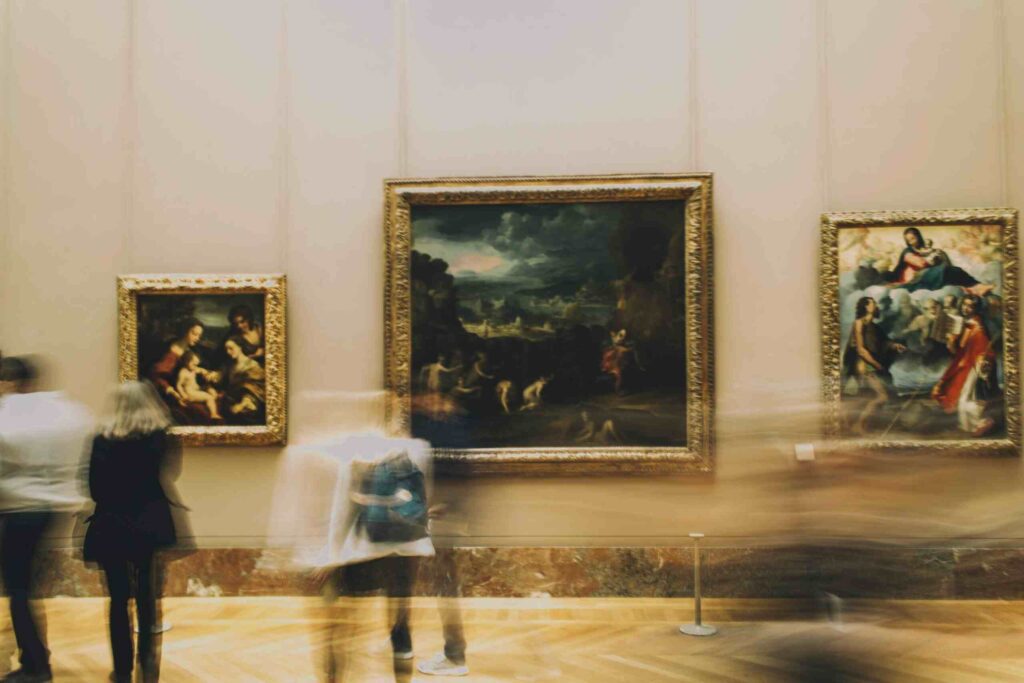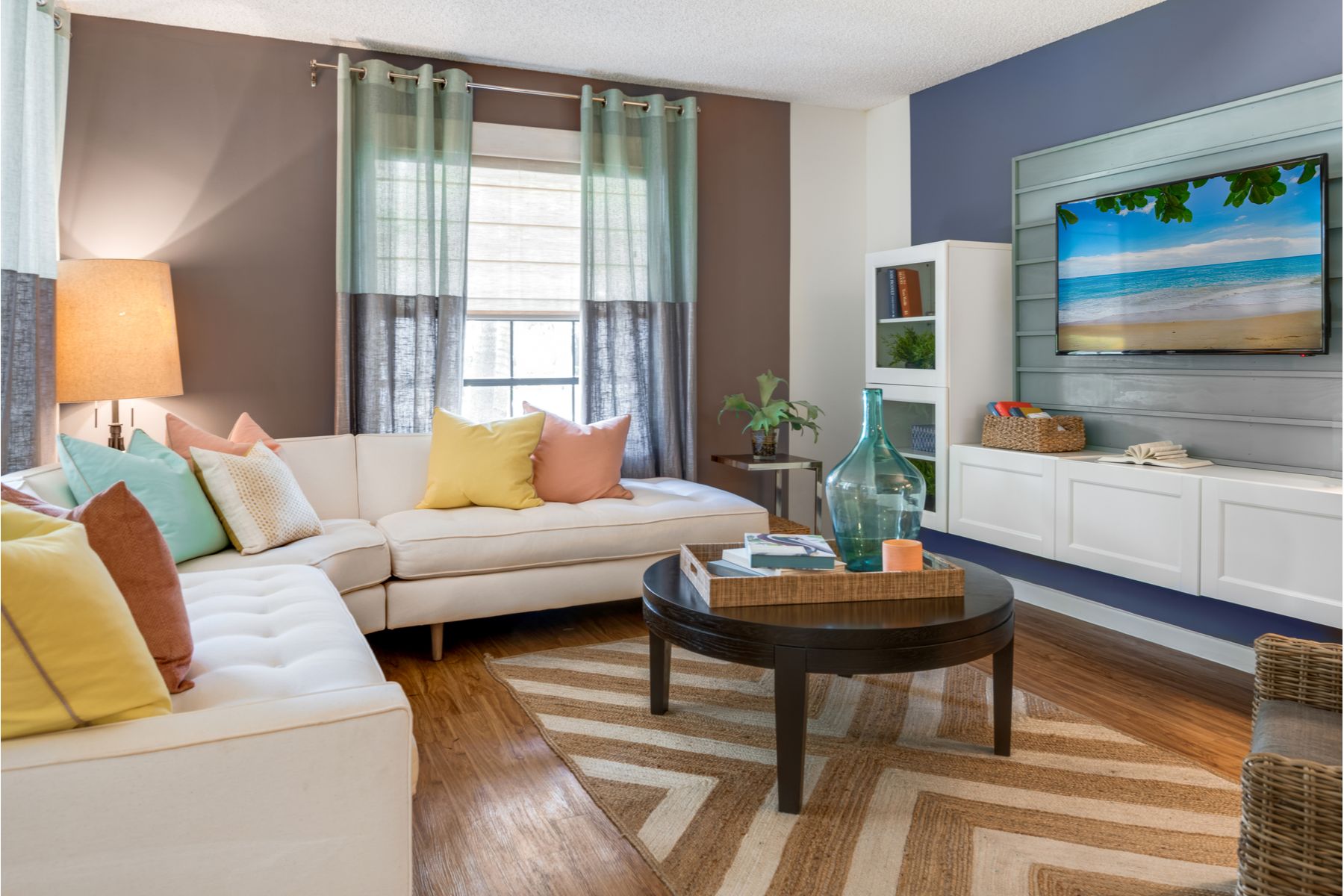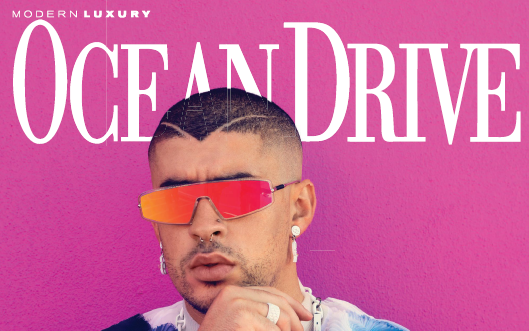By Andres Viglucci, aviglucci@miamiherald.com
October 24, 2017 07:00 AM
Updated October 24, 2017 03:12 PM
Read more here: http://www.miamiherald.com/news/local/community/miami-dade/miami-beach/article180534611.html#storylink=cpyThere is indeed a big Botticelli at The Bass, Miami Beach’s mighty little art museum. Starting Sunday, visitors can see it once more, after an absence of more than two years, in a freshened-up setting that signals a bold new start for the 53-year-old institution.
The city-owned, privately run museum — now rechristened as simply The Bass — is premiering a $12 million revamp and expansion that cements its gradual curatorial shift from the Old Masters of its founding collection to sharp-edged contemporary art.
The museum’s backers are banking on the expansion, adeptly engineered within The Bass’ existing footprint, to increase its artistic heft and popular appeal as modern and contemporary art increasingly becomes a calling card for Miami Beach and Miami.
Henceforth, Botticelli’s 1492 “Coronation of the Virgin,” along with the Bass’s prized Rubens, its El Greco and Van Dyck, will share enhanced gallery space “in dialogue” with works in rotating exhibits by current artists. It’s an unusual juxtaposition that could help differentiate the museum in an increasingly crowded slate of local museums and private collections showing contemporary art.
Next to debut, in time for the Art Basel/Miami Beach fair in early December: The Institute of Contemporary Art’s new building in the Miami Design District.
For Bass visitors, the reconfiguration of the museum’s original 1930 Art Deco landmark home and its 16-year-old addition by renown Japanese architect Arata Isozaki means both more art on display and also a more open and inviting interior, said director Silvia Karman Cubiñá.
“We needed to make the visitor experience easy and accessible,” she said. The previous floor plan felt “chopped up” in places, she added.
Gone is the massive ramp that once ran down the middle of the museum. It was removed to make space for new galleries and an expanded spacious lobby and reception area, and replaced with a clean, elegant staircase.
A patio terrace that was once open to the elements is now a soaring, glassed-in court for art installations and museum events. A 30-foot-high glass wall and entry is framed by two large old trees. Overhead, a glass-and-steel roof rests partly, and respectfully, on the historic 1930s building by noted Beach architect Russell Pancoast, grandson of city founder John Collins. The original building’s keystone exterior is preserved, down to the protruding seagulls on a tower-like corner.
The museum’s educational center was significantly expanded by enclosing what had been empty space under Isozaki’s elevated wing addition, adding a second classroom and a multimedia lab. A large new conference room, equipped with built-in projection and sound, doubles as a theater.
The revamp also formally returns the museum’s main entrance to its imposing Art Deco entryway facing Collins Park and Collins Avenue and the beach beyond.
The project, partly funded by a $7.5 million grant by the city and $1 million gifts from the Lindemann and Cejas families, increased the museum’s usable space by 50 percent and doubled the number of exhibition galleries to eight.
Designed by New York architect David Gauld, the Bass remodel has the blessing of Isozaki, who served as consulting architect this time around. Gauld worked for Isozaki on the 2001 expansion.
“He was fine with it,” Gauld said. “He’s very philosophical about his buildings changing and even being destroyed.”
To help fill the new galleries, Karman Cubiñá and Bass board president George Lindemann are spearheading a $4-million art-acquisition program that’s already added to the museum’s exterior signature look: Pink neon lettering spelling out “Eternity Now,” a work by Sylvie Fleury, sits over the principal entrance, and the multicolored Miami Mountain, a sculptural tower by Ugo Rondinone, occupies a spot in Collins Park.
Other new acquisitions on display starting Sunday include “Dial-a-Poem,” a work by poet and artist John Giorno that consists of an old rotary phone on which visitors can do precisely what the title suggests, and “Petrified Petrol Pump,” a sculpture of just that by the Puerto Rico-based artistic duo Allora & Calzadilla.
Also on view: an exhibit that fills the largest gallery with colorful, life-size clown figures, by Rondinone, and a combination of contemporary works by Pascale Marthine Tayou interlaced with masterworks from the Bass collection.
The repositioning of the Bass is just the latest in a series of transformations of what was the first art-exhibition space in all of Miami. The building, one of the earliest Deco structures in Miami Beach, originally housed a public library and art center and was expanded in 1937 and again in 1950.
It was converted fully into exhibition space in the early 1960s to house the donated collection of Beach residents John and Johanna Bass. It reopened as The Bass Museum of Art in 1964.
The Isozaki design originally called for an additional wing that was never built. The removed ramp was supposed to bridge the two new wings.
The newest reconfiguration proved more challenging than museum administrators thought, requiring several postponements of the reopening and, in the end, taking nearly twice as long as originally planned.
The museum’s holdings, which now comprise some 2,000 pieces, and its curatorial focus have also shifted over the years.
The Basses had invested heavily in Baroque and Renaissance-era art, including a collection of spectacular tapestries, but curatorial studies over subsequent years found some works to be either fake or misattributed. Still, the classic artistic treasures it houses, even in the relatively cramped building that existed before Isozaki’s expansion, were long a Beach attraction.
But after taking over as director nine years ago, Karman Cubiñá, with Lindemann’s support, began shifting the museum’s emphasis to contemporary art, mostly through exhibitions of borrowed works or traveling exhibits. The new focus was a hit, helping the museum double attendance over five years before closing for the renovation.
“You do something enough years, and it becomes a brand,” Karman Cubiñá said. “Our focus now is definitely contemporary.”
Read the original article here.







